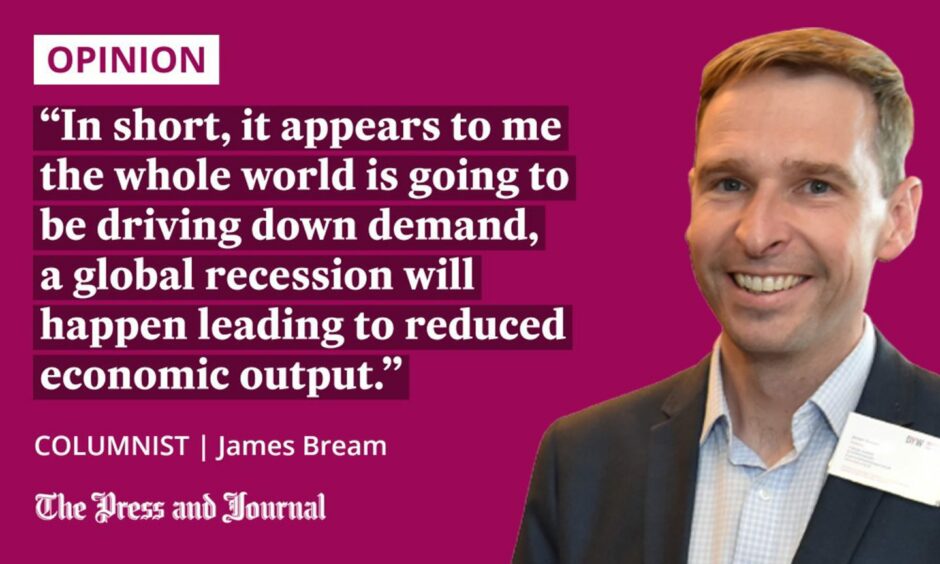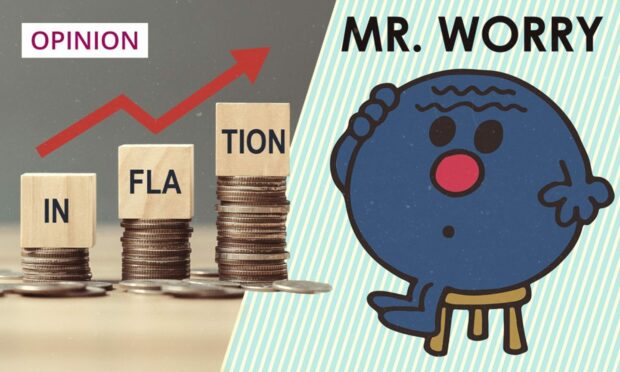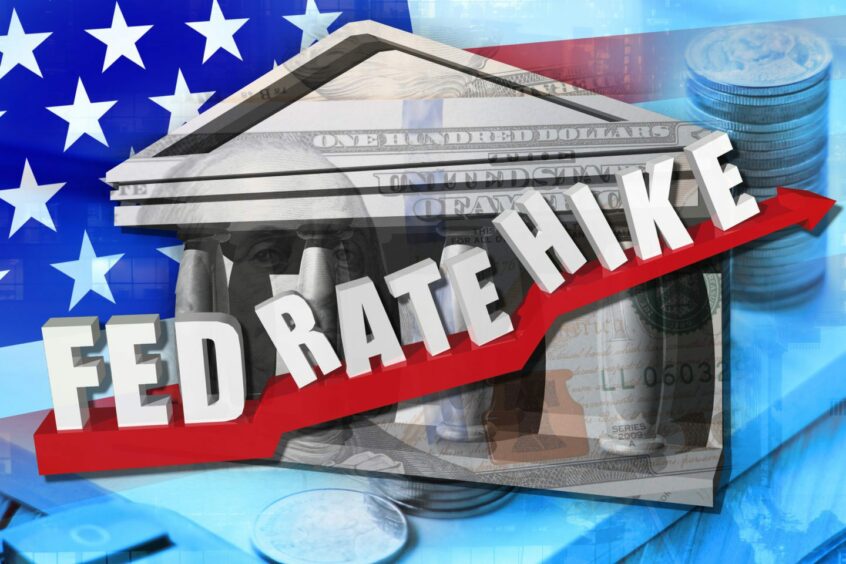“No more boom and bust”… I’m afraid we are doomed to boom and bust and so when you hear someone say this treat it with as much scepticism as someone who tells you they can forecast the price of oil.
The problem with the world is that stuff happens that we don’t expect, or we at least all pretend it is a surprise when it comes to pass. Things happen in our personal and work life we didn’t plan for. By the same token governments and central banks tend not to plan for stuff to happen that is improbable. Everything we all do tends to what we know, what we can predict and what we see as reasonably likely to happen. This means that as humans we’ll all tend towards a world of boom and bust, even though nothing much happens that hasn’t happened before, including war and pandemics.
The alternative to accepting a world of boom and bust is to accept little or no risk, that means horizon scanning for everything that could happen and assessing the impact on our world. If you want to know what this is like it is very simple, go and read Mr Worry. A quick Google tells us “Mr. Worry worries about everything. If it rains, he worries that his roof will leak, if there’s no rain, he worries that all of his plants will die.”

Most economists are not Mr Worry, most economists assess the risks they know and fantasise about those and the tiny impacts they will have. They sit with sweaty palms, furrowed brows and get excited about whether the Fed will increase rates by 0.25% or 0.5%. This level of arousal on this small change is pointless because for most of us these impacts are not material.
What is causing inflation?
Unfortunately, I am Mr Worry, I sit and worry about what would cause the Fed to raise interest rates by 1%. What don’t we know? It is the big things which impact on us all and boom and bust. It is the big things that are causing inflation, interest rate changes and chaos for us all and because these are by their nature ‘unusual’.
We’re used to reading about folk in foreign places walking about with wheelbarrows of currency on their way to buy a loaf. All of a sudden, it doesn’t feel as funny as our currency suffers and you’re now using notes to buy half a dozen butteries. Developed countries are now seeing inflationary problems of the same ilk as we mocked developing countries for, and we aren’t dealing with it well.
The classic (maybe arrogant) developed country mindset is that inflation is caused when people get too much money and start ‘having it large’. In this scenario, we have rising incomes and start spending on clothes, going out, houses and cars …. Basically, behaving like an oil worker in the 2010s. This is demand-led inflation caused by people pushing up prices where there is limited supply i.e. prices rise as there is more demand than supply.
However, the inflation we have today is driven not by high demand but by suppressed supply. We have had decades of growing supplies thanks to globalisation giving developed countries cheap food, clothes, cars, electronics and more. However, we are now seeing supply falling relatively due to Covid, war, supply constraints (sanctions) and supply chain issues (people have forgotten the Suez Canal traffic jam which still has impacts today.
Problem is global
To reduce demand (and suppress inflation), we are increasing interest rates around the world. This will reduce consumption and therefore the output of a country, this will hit countries hardest with high consumer spending and personal debt (like the UK). However, the problem is everywhere has inflation (because it is driven by supply-side issues globally) so we are all simply moving interest rates in ‘lockstep’, which is a word I keep hearing.
In short, it appears to me the whole world is going to be driving down demand, a global recession will happen leading to reduced economic output. I’m verging into conspiracy theory space but is that what some would consider we should be doing anyway?
Should we all be reducing consumption whether that is on clothing, energy, food, etc? Is this all part of a bigger plan? The matter of fact is that economics suggests we should try to balance our consumption and sit that alongside things that are not valued in money terms.
The problem is globally (and locally) those who are rich are getting richer while also getting the fun stuff while those without can barely earn enough to consume what they need to live. I am worried that I am going to be Mr Worry for a few years/a decade, for more worrying I will be back next month for your Christmas Mr Man story.
James Bream is CEO of Aberdeen-based Katoni Engineering and chair of DYW North East


Conversation